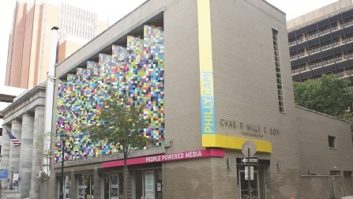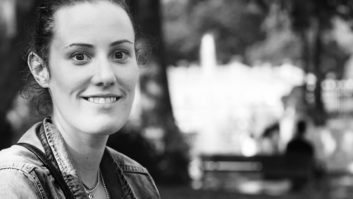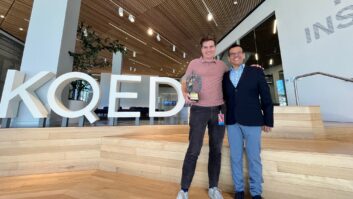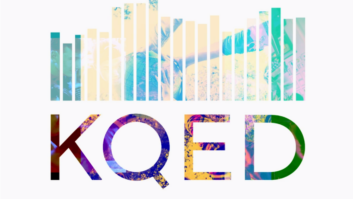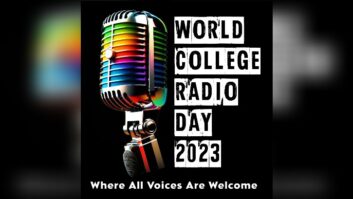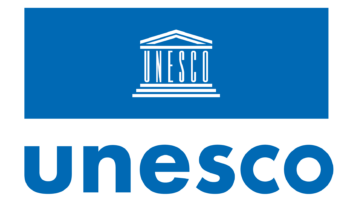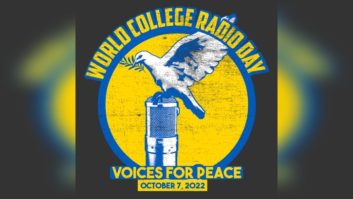Under the theme “radio and diversity,” UNESCO’s 2020 edition of World Radio Day will focus on radio’s responsibility as “a platform for democratic discourse.” The international organization is encouraging radio stations worldwide to participate in the one-day celebration, which takes place on Feb. 13.
It’s also calling on radio broadcasters to consistently maintain “diversity in the newsroom and on the airwaves” to guarantee variety of content and voices for its varied audiences.
Radio World spoke to Mirta Lourenço chief, Media Development and Society, Communication and Information for UNESCO on the significance of this day and the importance of radio in maintaining plurality and transparency.
Radio World: What is the history of World Radio Day and why was it created?
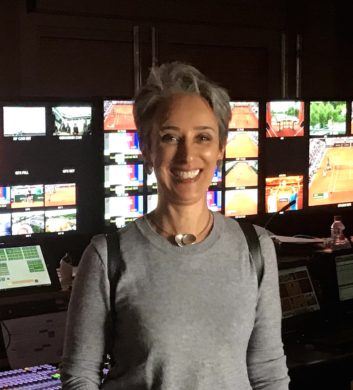
Mirta Lourenço: Following a proposal from Spain, in 2011 UNESCO’s 36th session of the General Conference proclaimed World Radio Day, on the basis of a feasibility study undertaken by UNESCO, further to a proposal from Spain.
A wide consultation process started in June 2011, carried out by UNESCO. It included all stakeholders, including broadcasting associations, public, private, community and international broadcasters, UN agencies, topic-related NGOs, academics and foundations as well as UNESCO Permanent Delegations and National Commissions.
Ninety-one percent were in favor of the project. The project leader, Academia Española de la Radio, received more than 46 letters of support from diverse stakeholders, including the Arab States Broadcasting Union, the Asia-Pacific Broadcasting Union, the African Union of Broadcasting, the Caribbean Broadcasting Union, the European Broadcasting Union, the International Association of Broadcasting, the North American Broadcasters Association, the Organización de Telecomunicaciones Ibeoramericanas, BBC, URTI and Vatican Radio.
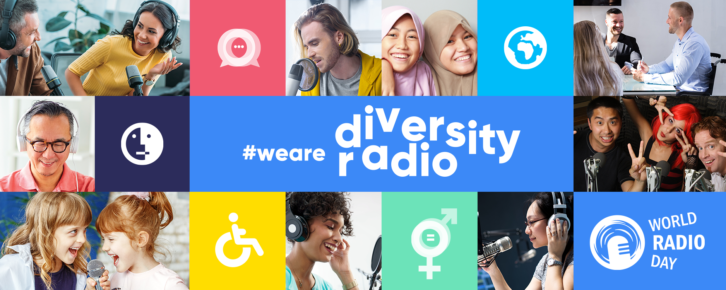 On Jan. 14, 2013, the United Nations General Assembly formally endorsed UNESCO’s proclamation of World Radio Day. Feb. 13 is the day United Nations Radio was established in 1946.
On Jan. 14, 2013, the United Nations General Assembly formally endorsed UNESCO’s proclamation of World Radio Day. Feb. 13 is the day United Nations Radio was established in 1946.
World Radio Day was proclaimed to raise greater awareness among the public and the media of the importance of radio. Radio is the media reaching the widest audience in the world. It is also recognized as a powerful communication tool and a low cost medium.
Radio is specifically suited to reach all segments of societies, even remote communities and vulnerable people — while offering a platform to intervene in the public debate, irrespective of people’s educational level: Communities with lower levels of literacy, persons with disabilities, women, youth and those facing poverty. Furthermore, radio has a strong and specific role in emergency communication and disaster relief.
RW: What are UNESCO’s goals in organizing such an event?
Lourenço: It is more than an event, or it is several events around the world, all of them celebrating radio. The objective is to encourage decision makers to establish and provide access to information through radio, as well as to enhance networking and international cooperation among broadcasters.
UNESCO leads the celebration and chairs the World Radio Day Committee, which is composed of regional and international broadcasting organizations.
RW: Describe the effort to develop awareness of World Radio Day around the world.
Lourenço: World Radio Day is first and foremost a celebration of the first electronic medium that has, over the decades, remained a powerful medium for connecting people and possessing the potential to reinforce critical governance concerns such as access to information, media diversity and pluralism.
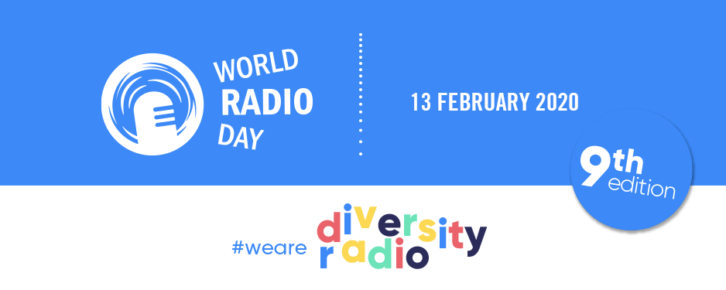 World Radio Day aims for radio coverage in preference to press coverage. Nonetheless, UNESCO’s strategy for World Radio Day contributes to phenomenal press coverage every year, with over 500 articles published around the world. There is not a continent that doesn’t celebrate World Radio Day.
World Radio Day aims for radio coverage in preference to press coverage. Nonetheless, UNESCO’s strategy for World Radio Day contributes to phenomenal press coverage every year, with over 500 articles published around the world. There is not a continent that doesn’t celebrate World Radio Day.
On Feb. 13 each year, UNESCO offers to radio stations, and wider to the civil society, free resources, audio clips, short videos, stories and testimonials in a visually attractive dedicated website. The statistics show that approximately 25% of users are return visitors, meaning that key stakeholders return to the site on numerous occasions.
And every year, when visitors land on the page, they stay. World Radio Day has a good average of page view and people’s sessions last long, so users have a great interest in the content and truly explore the worldradioday.org site. Major global influencers usually make public statements aligned with our messages for World Radio Day.
RW: What actions would you like radio organizations to take in the future? What else should we know?
Lourenço: Defending and fostering free, independent and pluralistic radio is the most important goal, since it underlies democracy and the rule of law. Radio has survived all media upheavals because it has successfully demonstrated its usefulness again and again.
In many countries, radio stations have maintained a respectable space for information and democratic debate, free from political or commercial pressures. There is also, alas, radio that can insulate and reinforce narrow-mindedness, and it is an everyday effort as a broadcaster or as a listener to object to or try to change such realities.
RW: What is the World Radio Day Committee and what is its purpose?
Lourenço: The World Radio Day Committee gathers international and regional broadcasting organizations, and it meets to evaluate each year’s celebrations and to choose the theme for the upcoming year.
RW: What’s new this year?
Lourenço: This year we are focusing on diversity and radio, which should give radio stations plenty of opportunities and angles to celebrate the day. We suggest considering any or all of these three axes:
- Diversity in the radio landscape: Diversity of voices and opinions in radio relies first on the degree of media concentration and the coexistence of different types of stations with a mix of public, private and community broadcasters. The development of policy environments conducive to transparency and diversity of media ownership is the keystone to a pluralistic, inclusive and democratic radio sector. Technological advances such as digital radio are also participating to diversify the radio sector. Through digital radio radio, the choice of stations available to listeners is dramatically increased with more stations being able to broadcast in the same areas on less frequency space than necessary for FM and AM radio. Digital radio also offer additional information and features, such as the display of program and song played, or the ability to pause and even record live broadcast, further enriching the radio experience. On Feb. 13, radio stations could, for example, interview duty-bearers, including media regulators, and ask how they promote a favorable environment for radio diversity to flourish by means of different measures, such as increasing the licensing of radio operated by a variety of groups, such as indigenous/native/minority people – and/or measuring progress of broadcasting organizations towards diversity.
- Diversity in the newsroom: Editorial teams are generally comprised of staff from majority groups. Through equal opportunity and fair treatment policies, which prevent discrimination based on factors such as gender, origin, sexual orientation, religion, age, social and socio-economic backgrounds and/or political party, radio stations could gain multi-cultural teams that bring different perspectives on issues, opinions and stories, thus enhancing their credibility vis-à-vis listeners. A diverse and representative radio workforce is not only important for countering discrimination and ensuring gender representation; it is crucial for creativity and relevance of content. It thus safeguards editorial independence. For example, on Feb. 13, radio stations can show how they integrate people from diverse groups in their editorial teams, including women, youth, minority from different origins, LGBTQI, people with disability and others.
- Diversity on the airwaves: Through diverse channels of transmission, types of editorial content, programming and topics, radio reaches the widest audience globally and opens up a multitude of spaces for democratic debate on an infinity of subjects. Radio stations can offer a wide array of shows and programs — from reportages and documentaries to talk shows and podcasts, there is something for each of us. Within the program, diversity in the choice of angles, languages, music, invited guests and sources can further portray, engage and reflect the diversity of humanity, thus fostering tolerance, inclusion and solidarity. It’s essential for media pluralism and broadens journalists’ and program makers’ creativity. On Feb. 13, radio stations can show how they fairly and equally represent all men, women and children by creating and broadcasting targeted programs by and for specific sectors of society, while also reflecting the diversity of the population in mainstream programs, for example.
RW: How do you celebrate at the Unesco headquarters in Paris?
Lourenço: This year we are not having an event at UNESCO headquarters, but UNESCO has offices across the world. Check worldradioday.org or unesco.org to see how our offices observe the Day.
RW: Is this an effort aimed at traditional over-the-air formats or is UNESCO also targeting streaming services and podcasts, etc.?
Lourenço: It covers both. News technologies increase diversity in radio. Digital radio, online streaming, satellite radio and the spread of low-costs technologies have broadened the access to cost-effective methods of transmitting and broadcasting programs.
Similarly, podcasts have opened the door to new ways of producing and consuming audio content thus, increasing access to information and the variety of programs available, regardless of spectrum availability. And even as other digital distribution opportunities proliferate, there continues to be an interest in pure audio as a valued form of free speech, information gathering and democratic exercise.
Radio, in this sense, is not a technology. It’s not even a platform: It’s a social institution — and this is what we honor as well. Long before social networking, radio was already a social foundation, which built identities and communities and created conversations and participation in the public sphere.
Radio is a success story actually. It’s the medium that has really taken advantage of new communication technologies. It can be used in marginalized or remote places, where there is a lack of other connectivity and where print media does not arrive.
Today radio is also a podcast, a website, an app, a platform. And at the same time, it still exists as a transistor! So rather than getting left behind, radio is truly adaptable — it’s a format that will keep growing and is accessible.
In many countries, radio is also the number one medium for offering a choice of channels and languages and interests (not just for those who already have access to digital radio or internet and tune into the world but also for those lucky to have community radio, which often broadcasts from very remote areas, or in local languages).
For plurilinguistic countries (some have more than 20 languages), the access to information and audience interaction in various national languages is not possible through TV or social media. This is because providing different language services requires diverse teams and is costly, some languages lack written grammar and connectivity (even electricity) may not be reliable.
Register your event or acitivies event/activity here and check out the WRD 2020 Celebration kit at www.worldradioday.org.
The events and activities shared will be publicized on UNESCO portal.
Our IT team is developing an interactive map that will allow to display not only event description but also podcasts during WRD2020.





